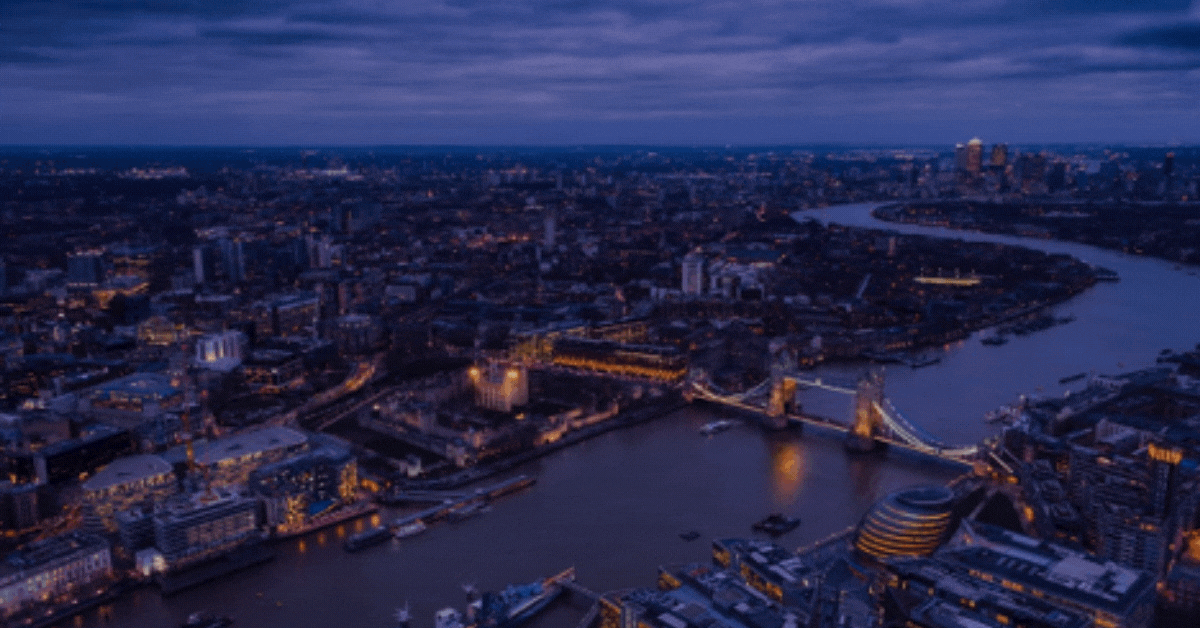The Building Safety Bill is set to become one of the most stringent regulatory regimes the government has ever introduced into the property sector.
The Bill itself came about as a result of the terrible events of the Grenfell tragedy, which highlighted the need for much stricter regulations revolving around building construction and maintenance.
Evidently, many questions are being asked regarding the new regulatory regime. Of course, we must stress that the Building Safety Bill has not been enforced yet - and likely won’t be ready until May 2023 at the earliest.

It’s still in the draft stages, so things can be changed, added or removed. With that in mind, any information provided can be changed between now and when the Bill is enforced.
Nevertheless, one key question is: what buildings are included in the new regulatory regime?
To put this another way: what buildings are the regulations targeting?
The short answer is that it impacts developers and contractors involved in the design and construction of higher risk buildings as well as existing higher risk buildings.
Naturally, this only creates more questions and queries, so we have answered some of the most common ones currently circulating:

What is a higher-risk building?
This is everyone’s first question when hearing about the new regulatory regime, and it has been defined as the following:
- A building that is 18 metres tall or at least 7 storeys high and has at least two residential units
Essentially, this will cover high-rise residential buildings, such as apartment blocks. After all, the Bill was created as a consequence of the dreadful Grenfell tragedy, so it’s hoped that the new regulations can prevent other high-rise buildings from suffering similar fates.
Why does the Building Safety Bill use height and use as part of its definition?

However, the government outlines that height and use are used because they are the main factors used across the world when addressing building safety legislation.
They are also the simplest ways of getting across to building owners or block managers if their buildings will need to worry about the new regulatory regime.
Why 18 metres and not 17 or below?
One thing that causes a lot of confusion is how a building that’s only 17 metres or has 6 storeys isn’t considered higher-risk.
To answer this, the government has stated that, throughout lots of research and analysis, 18 metres and 7 storeys appears to be where the risks become greater for residents inside the building.

The extra bit of height puts people in more danger when fires spread, hence action is prioritised on these buildings.
Are new and existing buildings both covered by the regulations?
Yes, the new Bill will be relevant to both new and existing buildings. There are currently around 12,500 residential buildings in England that are 18 metres or 7 storeys high.
Consequently, excluding these existing buildings from the Bill wouldn’t make any sense as it renders it basically useless.
Likewise, it’s only logical for new structures to follow the regulations when they are built.

So, both current building managers and ones with a view to building high-rise apartments need to know how the regulatory regime will affect them.
Could this change in the future?
It is unlikely that things will change in the sense of the height and use of the buildings. However, there may be new buildings added into the higher-risk category.
For example, as well as residential buildings, care homes and hospitals that fit the height category are also currently included in the regulatory regime.
As such, there is always a possibility that revisions can be made, possibly including high-rise office buildings in the future.
In summary, higher-risk buildings are included in the new regulatory regime in the UK.
This covers buildings that are 18 metres or 7 storeys high, and have at least 2 residential units.
Preparing for the new regime is critical to stay on top of things, and here are some tips we have for you:
- Keep researching the Bill and staying updated
- Inform residents of what is happening and when changes might be made
- Understand what’s asked of you as a block manager
Contact Us For a Free Discovery Call
Are you keen to learn more about how you can prepare for the new Building Safety Bill?
.




Leave Comment